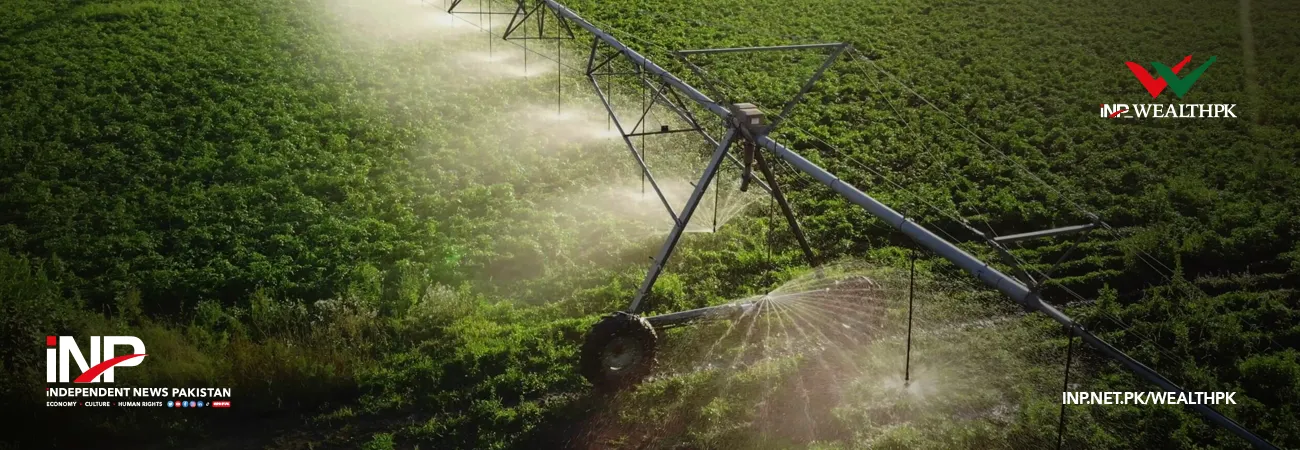INP-WealthPk
Muhammad Luqman
The Punjab Irrigation Department has launched a geophysical survey of embankments and spurs along the province’s three major rivers — Chenab, Ravi, and Sutlej — which suffered some of the worst floodings in history during August and September this year.
“We are conducting a structural audit of these embankments to scientifically assess their vulnerability. Initially, the embankments and spurs on the Chenab River, from Trimmu Headworks to Punjnad, have been surveyed,” said Dr. Ghulam Zakir Hassan Sial, Director of Irrigation Research Institute (IRI), Punjab.
Talking to Wealth Pakistan, Dr. Sial explained that teams from the IRI were carrying out physical surveys using electrical resistivity and tomography techniques to analyze the geophysical condition of the embankments. The embankments along Marala, Khanki, Qadirabad, and Chiniot will also be surveyed by teams specifically assigned to this task.
Likewise, the embankments along Ravi River are being assessed, with the strategic point at Shahdara — located near Lahore — already surveyed. The embankments along Balloki and Sidhnai headworks would also be surveyed soon as part of the geophysical assessment plan.
In the second phase, embankments along major headworks on Sutlej River — from Ganda Singhwala to Islam Headworks — will be examined as part of the broader vulnerability assessment plan. “Based on the survey results, recommendations will be submitted to the Punjab government to strengthen these structures ahead of any future floods,” Dr. Sial said.
“A strategy will also be developed to minimize flood-related losses in future,” he added. Dr Sial expressed hope that the fortification of spurs and embankments would significantly reduce flood damage in the coming years to avert human and crop losses.
Agriculture, the mainstay of Punjab’s economy, depends heavily on surface water from rivers distributed through an extensive canal network spanning 36,862 kilometers. This includes around 6,500kms of main and branch canals and 31,050kms of distributaries and minors, forming one of the largest irrigation systems in the region.
The International Water Management Institute (IWMI) has also been providing technical assistance to the Punjab Irrigation Department to help rehabilitate the province’s water system following the recent flood damage.
According to an IWMI spokesperson, under the Water Resource Accountability in Pakistan (WRAP) program, the institute is collaborating with the provincial irrigation department to improve water resource management and enhance climate resilience at both provincial and district levels.
“We are currently working with the Punjab Irrigation Department to formulate a strategy for the efficient use of water for agriculture in the post-flood context,” IWMI spokesman Amjad Jamal told Wealth Pakistan. He added that IWMI, headquartered in Sri Lanka, had recently organized consultative workshops to engage relevant stakeholders.
Jamal noted that IWMI was also providing training on tools such as Geographic Information Systems (GIS) and soil moisture sensors to improve efficiency and sustainability in water management. He hoped that the collaboration would go a long way toward promoting water stewardship in Pakistan like other water-stressed regions of the world.

Credit: INP-WealthPk












